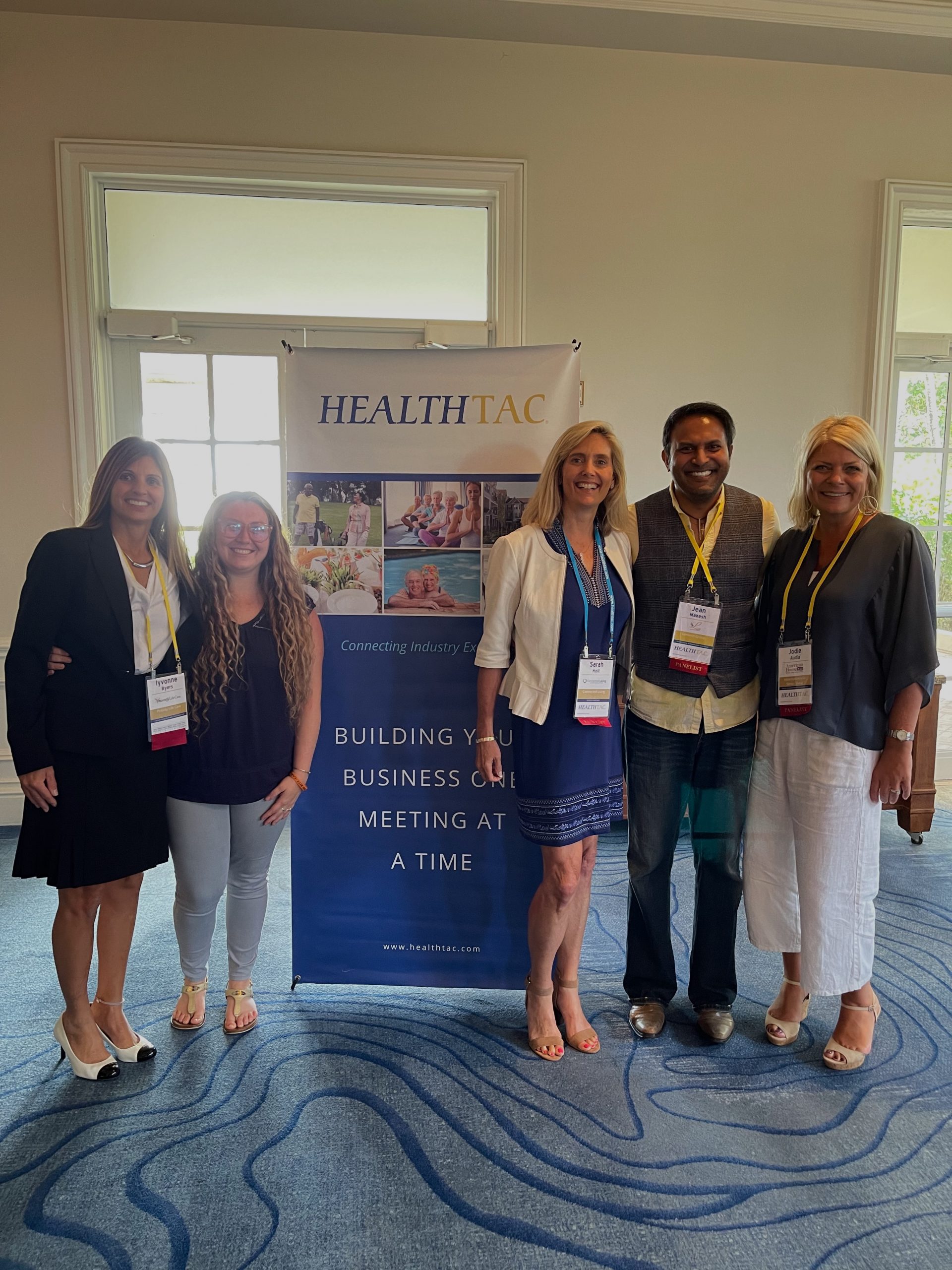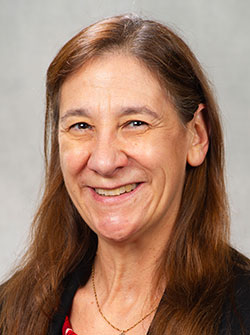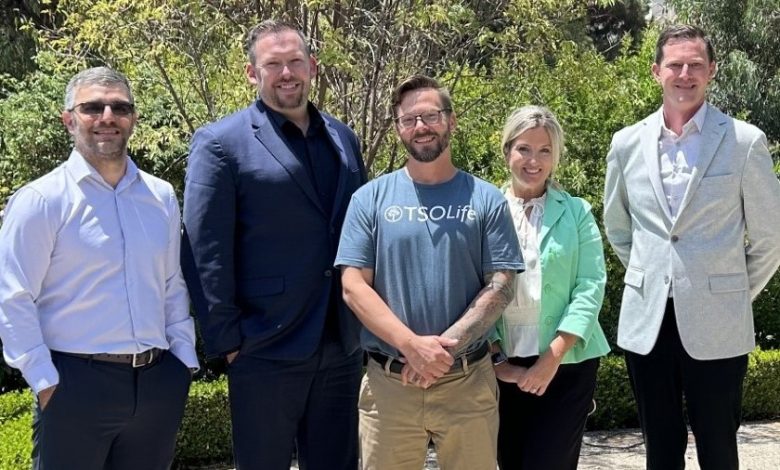
HEALTHTAC West 2024 Panel: How are We Marketing to Seniors Who Prefer to Age at Home?
By Jim Nelson | September 4, 2024
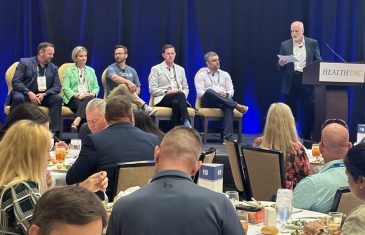
SAN DIEGO, CA — HEALTHTAC and Senior Living News recently held another one of our triannual team building/networking/learning events with an intimate group of senior-living operators and suppliers joining the two sister companies at our boutique retreat.
Over the two days we hosted five panel discussions, including one on marketing to a particular subset of seniors. This panel was inspired by an article in US News and World Report this past spring that reported 95 percent of people who are 65+ have no intention of moving into a senior living community. That’s a big number, but what’s worse is that it’s actually higher than just one year earlier.
On this panel, Eric Benson, the Senior VP of Operations, Clinical and Sales at Anthology Senior Living; Dawn Johnson, Wingate Living‘s VP of Sales and Marketing; Joe Leonard, who is the Mid-Market Sales Director at TSOLife; Mark Prifogle, the VP of Operations at BHI Senior Living; and Watermark Retirement Communities‘ Chief Investment Officer Bryan Schachter all helped answer the question, “How are senior-living communities marketing to those people who have no intention of ever moving into a senior living community?” And here’s a clue: In some cases, it involves “weaponizing residents.” Don’t worry, it’s a good thing.
As the moderator, I began by asking Joe Leonard of TSOLife — a data-driven senior-living supplier — what their data says about how seniors desire to age at home versus moving into a senior community.
“I’ve seen numbers that range up to 10 percent of age-appropriate individuals are associated with some sort of senior care location, but that’s still a very small portion of the marketplace,” he said. “I think what it comes down to is a lot of that transition in life comes down to more of a need base; it’s the final choice that they hesitate to make. Both of my parents are trying to age in place as much as they possibly can because they don’t want to see this life that they’ve built over time just evaporate. My father’s told me multiple times the last couple years, ‘Don’t put me in an old folks’ home.’ I think that’s a common sentiment because of public perception, and definitely the pandemic didn’t really help some of those public views on what a facility can provide you for in the senior-living experience. What we have to do is really understand what sort of programming and amenities operators can provide to where [potential residents] can envision themselves thriving in this next chapter of their life. They’re not really giving up anything that they use to identify themselves as an individual, but they can see that next chapter where they’re continuing to grow and to learn, to thrive.”
Next, the operators on the panel were asked to sum up the kind of messaging that they’re putting out on social media, as well as which social media platforms they find most effective for reaching seniors.
“The pandemic really exploded technology usage among seniors,” Benson, from Anthology, replied first. “Every grandmother in America got a FaceTime app on their iPhones and while people are going to the TikTok world, we’re still finding most of them are on Facebook. What we’re finding is, if we put educational events out there, if we put community engagement, the lifestyle that you can [expect] to live in our building, it really does make a difference. I think, ultimately, if you’re a local operator, that’s great. If you’re not local, you’ve got to at least show [yourself] to be local by supporting different local groups. We sponsor a little T-ball baseball team so anytime they win we put a nice shout-out on our Facebook page, and that’s one of our highest engagement posts.”
“I would agree that it’s Facebook and it’s also very cost-effective,” said Wingate’s Johnson. “What we love about Facebook is that we can actually target our demographic; we can feature targeted ads that are relatable to seniors, that focus on lifestyle, a glimpse [of] life at a community. We also use it as a platform to invite prospects to our events, which we have found really helpful. We do use Instagram a little bit, but not so much. Facebook is how seniors are still connecting with their families and their loved ones, so, we find it to be the most cost-effective and beneficial platform right now.”
Next, I asked BHI’s Prifogle if Facebook is still their go-to social media platform.
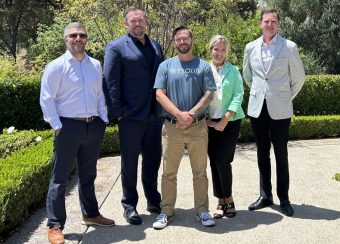
“Yeah, it is,” he acknowledged. “A lot of our product is targeted at people that are still working, that are 55 to 65, so [we use] LinkedIn affinity groups. We know that in certain markets it’s almost exclusively teachers — everybody that lives on campus was a teacher, a college professor — and we know that just advertising on LinkedIn or doing sponsored posts for employees is great, [for] customers, it’s not. In those affinity groups we’ve started to see some traction, but a lot of our focus has been on the millennial child, educating the millennial child with, ‘This is what a life plan community is. You can live in a house that’s very similar to — you’re not going to be in some dingy apartment, 1200 square feet. This is the same house that your parents are living in now. It’s not a purchase, it’s a contract.’ You can focus on your children, you could focus on your life, and then prompt those millennial children to start having those conversations with those late 60s, early 70s parents.”
“Facebook continues to be the main focus,” explained Schachter of Watermark. “What we’re really trying to deliver is the message of the lifestyle decision that we offer. We’re predominantly independent living, in many cases, urban or suburban/urban locations, extremely high end, multiple dining venues. Basically, [we’re] trying to make it so it’s not a needs-based decision and showing why we’re different than the senior housing of old. That’s really been a focus of ours over the last 10 years, where we’ve shifted to primarily a development strategy.”
Marketing in the senior-living industry is changing quickly with its adoption of technology, so I asked Benson about what they have found at Anthology to be some of the best-in-class drivers for connecting with potential residents.
“Over the last couple of years,” he told the room, “we’ve seen the adoption of AI systems into senior living at a higher rate than we’ve ever seen with any technology revolution that we’ve had in the industry. The adoption rate into different platforms and different areas has been huge for us. Regarding the Facebook conversation, every one of our posts is filtered through an AI to make sure that we’re on message, on brand, and also not saying anything that is going to get us in some trouble with the state or anybody else — because that is important. What we also do is look at our salesperson’s use of time — what’s their return on investment for the time that they have? — and we bring in these tools like AI, like automated emails, and we automate the process as much as possible. Nobody wants to give up that control — they want to send out those emails, they want to make every one of those phone calls — but when we use these tools, we can say, ‘Hey, you’re saving time so you can put your time where you’re going to drive the close a lot more,’ which is that face-to-face tour, maybe that phone call. Some things that we’ve seen is a reduction in our cost per lead, which has been significant, and also our conversion ratios, a nice increase in our lead to tour and our tour to move in.”
Are any of the other operators on the stage using AI, I wondered, and if so, what are their results? So, I put the question to the panel.
“Marketing content, resident newsletters,” Prifogle offered. “We’ve got a GPT that is totally formatted to the way our policies and procedures are. You give it some prompts, and then it just writes a detailed policy procedure. We’re probably using it too much at this point, and obviously it has limitations. It’s right 80 percent of the time, and 20 percent it’s flat-out wrong, so you’ve got to make sure that you’re thoroughly vetting that content before you send it out.”
“We use it with our chatbot, and it’s been amazing just to prequalify the leads,” Johnson said. “We have communities in middle-class markets and there’s a lot of leads that come in, unfortunately, that cannot afford assisted living, and they would go through the process of coming in for a tour and taking that time away from the sales director, so the chatbot is able to prequalify them before it even gets to the sales director, which saves them so much time.”
“One thing I’ll say to your point,” Eric said, responding directly to Johnson, “we tested the chatbot versus a live person on the bot. I didn’t think that this generation was ready for a chatbot; I wanted the live person, but we saw 17 percent higher engagement by going to the chatbot. It was incredible.”
Diametrically opposing AI and new tech, I leveled my next question at Johnson regarding Wingate’s use of old-school print articles in local publications.
“Not a lot of companies advertise in print publications,” she allowed, “and there’s really not that many opportunities anymore. But we tried to study some of the remaining publications, such as Senior Digest in our Providence market that is very relevant to seniors. It’s a free senior publication, delivered to their door, and it’s also available in supermarkets and other stores. We try to build relationships with those free publications, with the sales representative, so that he will allow us to spotlight articles and stories on the front page. We just ran an article on hydration through the summer months, something on wellness, finance — anything that’s relevant to them. Health & wellness is such a big topic right now, and we also try to spotlight a resident so that people can see our communities in a positive light. We recently spotlighted a resident that has ridden a three-wheel bike on our bike path every single day for the last five years. And we even take it an extra step, where we’ll build a landing page and a separate URL just to make sure that it is still an effective tool; we don’t want to waste our time on something that is really not effective, so we track the progress of people actually landing on our website after reading the article. And there’s other publications, too; there’s something in our market called Hometown Weekly, which actually pulls in our biggest response to events, so it is working.”
Watermark just launched a digital magazine called Inspire, and we recently ran one of its articles as a top story on Senior Living News. Shifting from print media to digital media, I asked Schachter if they use Inspire to market to potential residents or is it all in house?
“It’s both internal and external,” he said. “We’re trying to set ourselves up for the next generation of seniors so our projects — the locations, mostly urban locations, as well as the product type, with predominantly independent living, multiple dining venues, flex spending — things that we think that the baby boomers are going to want and demand, we want to expose people to those opportunities they might not be aware of, especially as we look forward to a lot of our new development activities. Inspire is a way in which we can get that message out.”
It was Mark’s turn to tell the audience what BHI Senior Living has done in terms of developing innovative and diverse features to entice seniors to enter its continuum sooner.
 “A lot of it is product,” Mark began. “People want to live in a single-family home, and that takes a lot of land, a lot of expense. Construction costs are up 40 percent since we stopped building in 2020 and 2021, so it’s a reality, but they want a home that looks very similar to the home they have. They don’t want to downsize significantly, they want to still be able to host Christmas, so you have to give the IL consumer the product that they’re used to seeing. I touched a little bit on targeting millennial children, but also working through the local churches, and I know it’s easier for me to say as a religious-based not-for-profit, but shut-in lists are valuable for independent-living referrals because the churches don’t mind you making those outreaches, especially with your own residents. We try to pair those individuals up with people that are of similar age. I’m a healthy 85-year-old who has been in a continuum for the last decade. My nutrition is better, my fitness is better. I’ve been evaluated medically, and I know I’m taking my medications correctly. We’re the same age, but we’re living a very different dimension and quality of health. So, it provides a very valuable service, a more frequent service, to those individuals, but also it’s a nice way to highlight that you don’t have to live alone, you don’t have to have poor nutrition, you don’t have to have social isolation, you don’t have to look forward to that once-a-month person from your church stopping by because they feel sorry for you — you can be part of a vibrant community.”
“A lot of it is product,” Mark began. “People want to live in a single-family home, and that takes a lot of land, a lot of expense. Construction costs are up 40 percent since we stopped building in 2020 and 2021, so it’s a reality, but they want a home that looks very similar to the home they have. They don’t want to downsize significantly, they want to still be able to host Christmas, so you have to give the IL consumer the product that they’re used to seeing. I touched a little bit on targeting millennial children, but also working through the local churches, and I know it’s easier for me to say as a religious-based not-for-profit, but shut-in lists are valuable for independent-living referrals because the churches don’t mind you making those outreaches, especially with your own residents. We try to pair those individuals up with people that are of similar age. I’m a healthy 85-year-old who has been in a continuum for the last decade. My nutrition is better, my fitness is better. I’ve been evaluated medically, and I know I’m taking my medications correctly. We’re the same age, but we’re living a very different dimension and quality of health. So, it provides a very valuable service, a more frequent service, to those individuals, but also it’s a nice way to highlight that you don’t have to live alone, you don’t have to have poor nutrition, you don’t have to have social isolation, you don’t have to look forward to that once-a-month person from your church stopping by because they feel sorry for you — you can be part of a vibrant community.”
“To further your point,” Leonard jumped in, “I know home-based care models are actually seen as the No. 1 competitor to communities of operators, but they can also be an absolute goldmine of opportunity for growth and maintenance in your resident populations. As they age in place and as their needs change, we can help track those metrics and then help them change in that care continuum and eventually end up in an IL for an active adult, or an AL, or potentially in a SNF, depending on where they are in their health journey.”
At this point, a gentleman in the audience had a question.
“In the first panel this morning,” he said, “I thought it was a really innovative idea to use your residents to do the tours and incentivize. That’s the best idea I’ve heard in a while from a sales perspective. Are any of y’all doing that or considering that? Outsourcing to your residents who still want to work, who maybe want to be tutors for kids — there’s so many things these capable seniors can do and want to do.”
“We have something called Watermark University — whole-person, wellness activities, programs — and within that, associates, residents, family members, vendors oftentimes, are teaching classes within the community, offering educational opportunities on things that they’re passionate about. A caregiver might be able to teach something that’s totally unrelated to their normal day-to-day work and get the residents engaged. It creates a course catalog that’s engaging, and that’s one way we’re getting anybody and everybody involved, even the broader community within our campus.”
“I’m a strong believer that if a prospect makes one connection in your community, it sells itself,” Dawn interjected. “Then they can envision themselves living in your community and they already have that one friend. We have a great program called Wingate Gourmet Express, where we will bring lunch to a prospect’s home and bring a resident with us, someone that maybe has something in common; if [the prospect] likes gardening, if they’re a teacher or an attorney, we’ll try to pair them up and bring that person with us to their home, just so that they can make that connection. That [resident] can speak to your community versus just the sales director, which I think goes a long way.”
“And one thing I would just say is,” Eric, “we have passive card clubs that are run by residents; one of our more popular activities was a French class from a lady in Detroit, one of our residents, and we were able to broadcast it through the iN2L through our different buildings. The one thing I really see as an extra advantage is when you tour through the building, you’re able to say, ‘Oh, and this is Dawn, she runs our card club at night so if you’re a bridge player, let her know.’ I think kind of weaponizing those residents, showing, ‘This is not only what you could do, this is who you could be friends with.’ They’re living still their best life and they’re still serving purpose here, and I think it makes a huge difference.”

